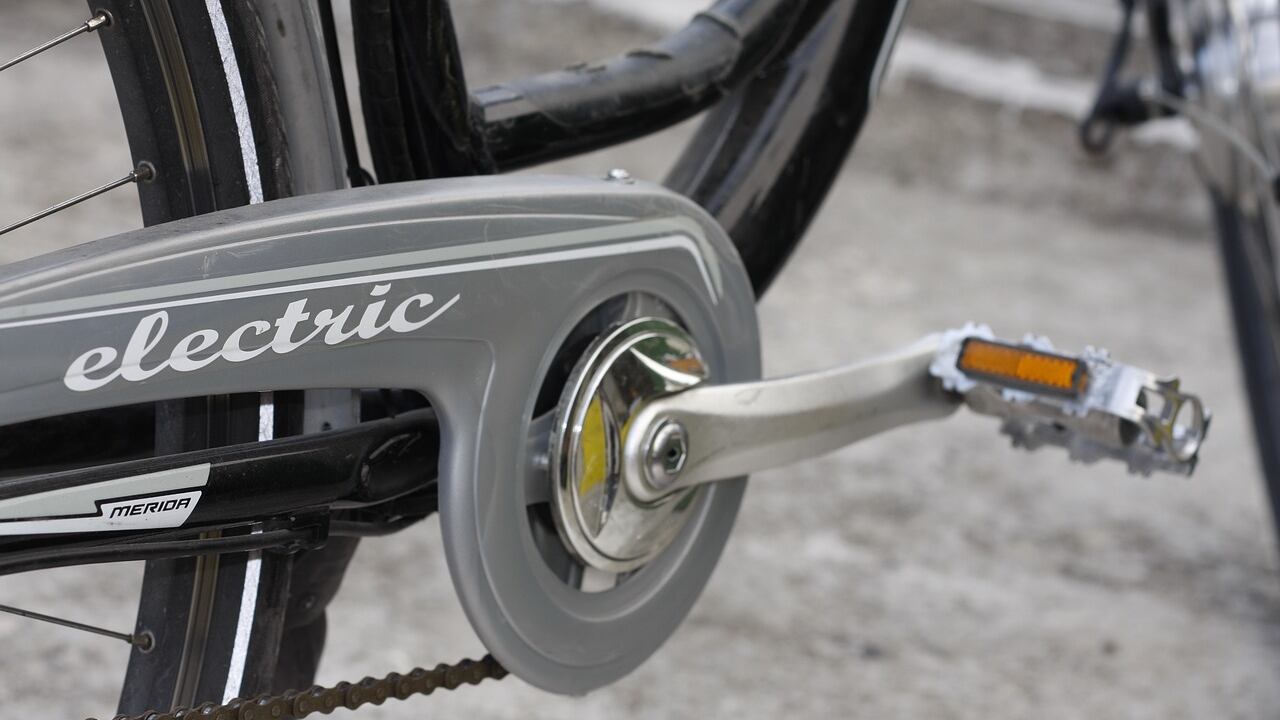There is so much information out there about e-bikes that it's easy to research yourself to the point of confusion. But really, purchasing your first e-bike isn't much different from buying a manual bike. Here's our primer to help you navigate the market.
How do I know which e-bike is right for me?
The first step is figuring out what you're going to use it for: How far are you going to ride? Do you just want to get where you're going faster and with less effort, or are you going to be hauling cargo or carting around your kids? One of the most prolific review websites is electricbike.com, but no amount of online research compares to the experience of testing out a bike for yourself. Let your bike shop know what type of riding you're planning to do, try as many different options as possible, and pick whatever feels best for you.
How fast can it go?
There are three classifications of e-bikes: Class 1 bikes only have pedal assist; class 2 have both pedal assist and throttle. Both stop providing an electrical boost after you hit 20 mph. Class 3 e-bikes, which stop providing an assist at 28 mph, are the least common, and in certain states—such as Washington, but not Oregon—aren't legal on shared-use paths.
What's the difference between the different batteries?
It has more to do with placement than brand. Almost all bikes have either a rear hub, located over the back wheel, or a middrive, located above one of the bike's center tubes. The latter provides smoother pedal assistance and is more efficient. Rear hubs tend to be cheaper and often have a throttle, which allows you to propel the bike without pedaling. The extra boost can be helpful if you've had a knee or hip injury or just had to stop in the middle of a steep hill.
How do I care for the battery?
Most e-bike batteries are removable and come with their own charger, so you can charge in your garage, home or office. The range you'll get out of your battery depends on the bike, how much weight it carries and how much assist you use. A battery can lose power even when not in use, and if it drains beyond a certain point, it will no longer hold a charge. So if your bike goes unused for a long period of time, make sure your battery doesn't totally run out of juice—most bikes have an interface that lets you know how much life is left.
What's servicing and maintenance like?
Batteries aside, taking care of your e-bike is basically the same as taking care of any bike: Regularly lube your chain, check your brakes, and get a tuneup every now and then. Most e-bikes on the market have disc brakes, which don't wear out as quickly as the rim brakes on most regular bikes. But e-bikes are typically used for heavier loads, longer distances and faster speeds. And since you can just press a button to make pedaling easier, new riders can quickly stretch out their chain and grind their cassette. So even though you have electrical assist, you still need to shift gears before an incline.

We Took Four of the Top-Selling E-Bikes in Portland Out For a Test Ride. Here Are Our Reviews.
Here's a Primer to Help You Navigate the E-Bike Market
E-Bikes Offer a Two-Wheeled Solution For Portland Moms
I Thought an E-Bike Was an Impulse Buy. But It Changed How I Thought About Bike Commuting.
